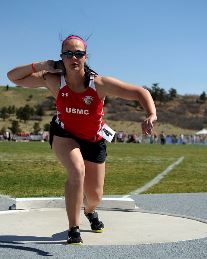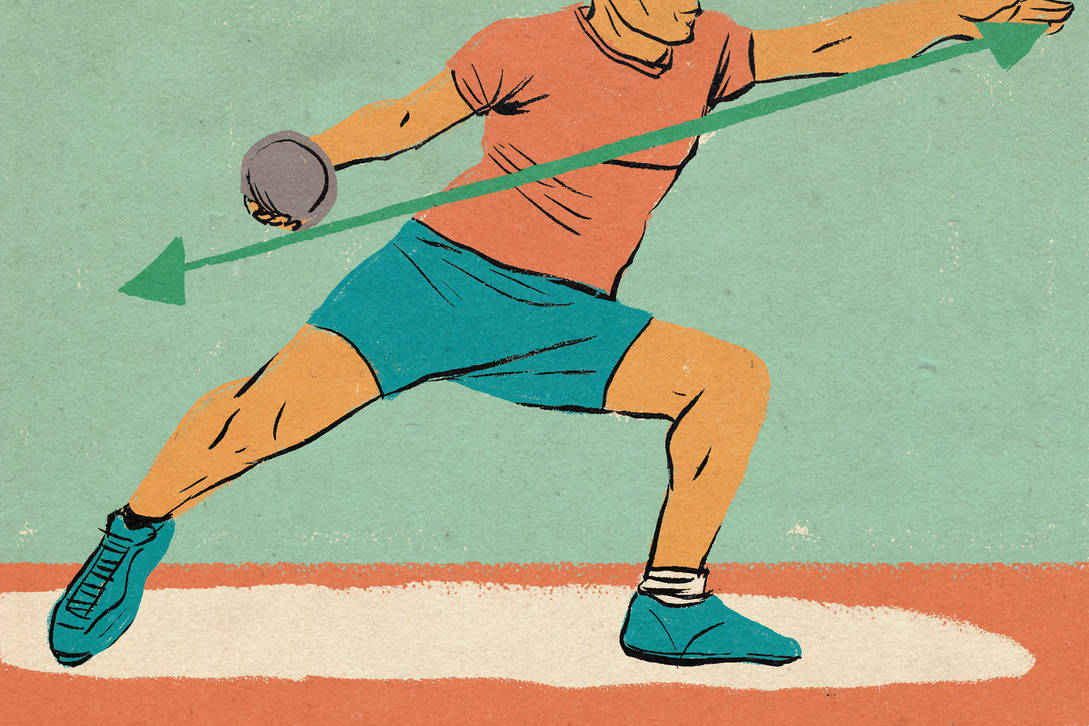The Basic Principles Of 4throws
Wiki Article
Not known Details About 4throws
Table of ContentsSome Known Facts About 4throws.4throws for DummiesGet This Report about 4throwsThings about 4throwsSome Known Details About 4throws
If not, the young bottles might be most likely to have elbow joint and shoulder injuries. It is common for a train to "obtain" a bottle when the maximum number of pitches has actually been thrown or if the video game circumstance asks for an adjustment. If the pitcher remains to play because video game, he should be put at shortstop or 3rd base where long hard throws are required on a currently exhausted arm.This mix results in too lots of tosses and boosts their danger of injury - Discus kids. The most safe place is relocating to second or first base where the throws are much shorter and less tension is positioned on the arm. It is also crucial to know how much time to relax young bottles in order to permit the most effective recovery in between getaways
Bottles must also ice their shoulders and arm joints for 20 mins after throwing to advertise recovery. Body and arm fatigue adjustment mechanics and lead to injury.
Anyone can throw a sphere "over-hand," however not every person can do it well. While tossing a ball shows up straightforward, it is actually a complex set of movements. Accurate throwing with force or rate calls for the whole body and not simply the shoulder and arm. Every part of the musculoskeletal system is literally entailed.
3 Easy Facts About 4throws Explained

(https://myanimelist.net/profile/4throwssale)The shoulder joint is included 3 bones, scapulae, clavicle and humerus. The head of the humerus rests on the Glenoid fossa of the scapula where it articulates when the muscular tissues of the shoulder contract to relocate the arm. The head is held "against" the glenoid surface by means of the four Potter's wheel Cuff (RTC) muscle mass, which act in unison and create a force couple when the arm is moved.
The more the shoulder can be externally revolved while it is abducted, the higher the sphere can be tossed with pressure and speed, offering all various other body parts and activities remain in synch. If any kind of element of these auto mechanics is "off," an injury can happen to the shoulder or joint that can result in the inability to toss a round.
It is the start of the throwing movement, preparing the "body components" for the act of throwing a round. Activity takes place in the lower extremities and upper body where the huge bulk of "power" to throw a sphere is produced.
4throws Fundamentals Explained
This shoulder setting places the former upper quadrant musculature on a "stretch" and prepares it to contract forcefully when the arm begins to move forward in the next phase of the throwing movement. The body begins to progress towards its target during this phase. The lead shoulder is directed at the target and the tossing arm remains to move into extreme outside turning.
When the sphere is launched, the posterior quadrant musculature starts to get eccentrically and violently to decrease and manage the rotational speed of the Humeral head. Theoretically, if the eccentric control of the Humeral head did not happen the arm would certainly remain to rotate inside and "spin" unmanageable.
What Does 4throws Mean?
The final phase of tossing is the follow-through. This phase reduces down all body motions and stops the forward activity of the body.
Tossing a ball "over-hand" entails activity in all components of the body. If the auto mechanics are carried out correctly, the ball can be thrown with great velocity and accuracy. If the body is trained appropriately, the act of tossing can be carried out repetitively without creating an injury to the tossing shoulder.

Paul Whatley, M.D. "When I was a child, baseball was only in the spring and early summer, so children had a lot of time to recuperate from any problems connected to recurring motions and stress and anxiety," he states. "Now, in order to keep up with everybody else, there is extreme stress for gamers to go from the springtime period straight into summer 'All-Star' tournaments and showcases, adhered to by 'Loss Round.' There can be extremely little time for the body to recoup from a sport where repeating is the essential to establishing the muscular tissue memory for success.
A Biased View of 4throws
When this activity is carried out over and over at a high rate of speed, it places significant tension on the development locations of the elbow joint and the anatomical framework of the shoulder, especially in the late cocking and follow-through stages. As a result of this, some of the most typical injuries seen in baseball gamers affect the shoulder and elbow joint.Report this wiki page